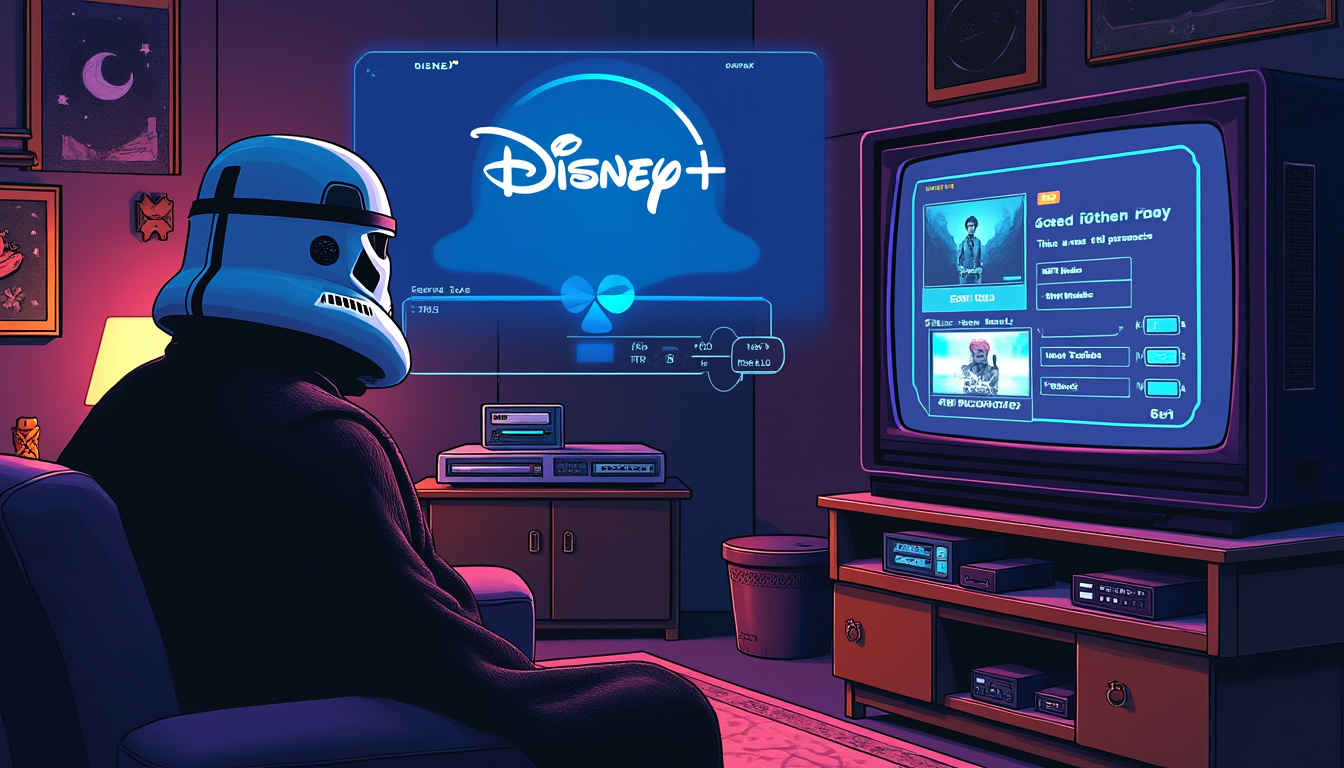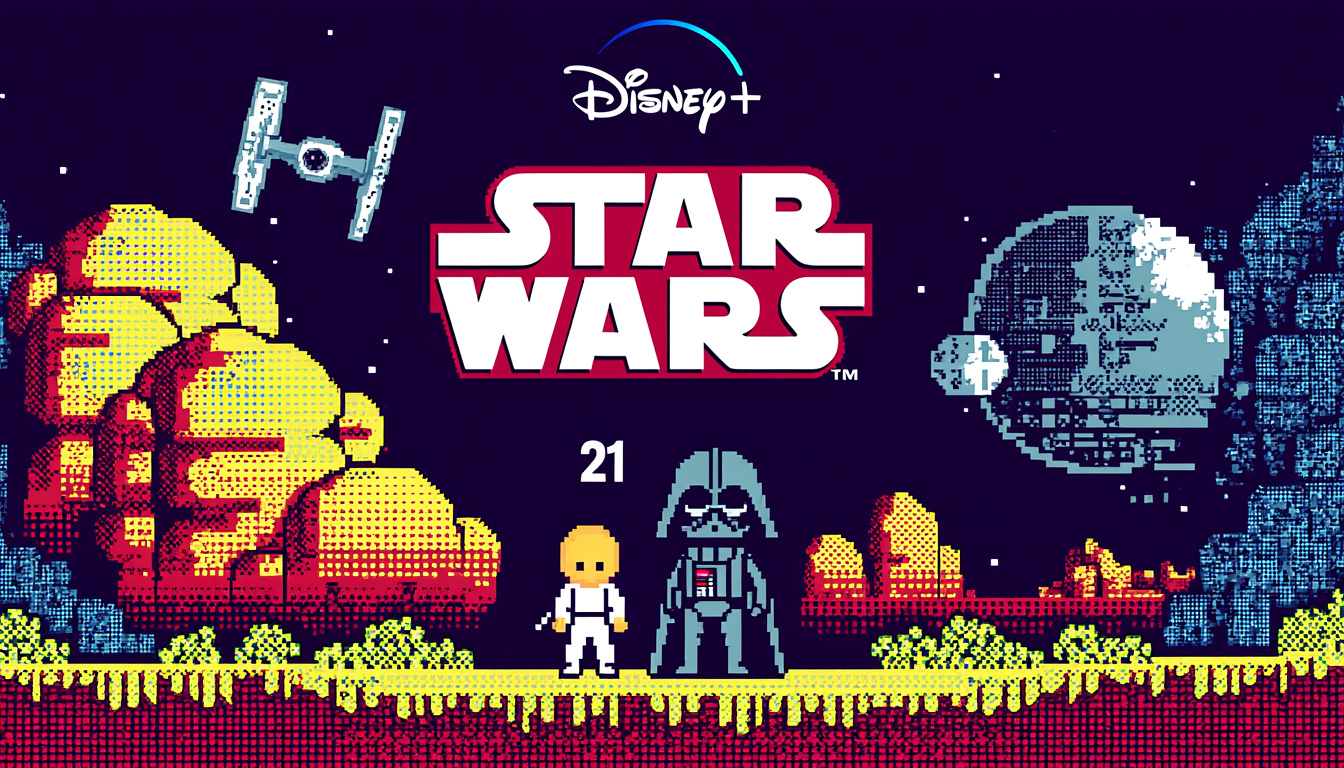The streaming landscape is undergoing a significant transformation as Disney prepares for its upcoming price hike for Disney Plus, Hulu, and ESPN subscriptions. Occurring on October 21, this adjustment marks the third price increase within three years, illustrating Disney’s strategy to enhance revenue in the competitive streaming market. The increase, coming against the backdrop of recent public outcry regarding specific broadcasting decisions, exemplifies the volatile dynamics of content delivery and public perception. As consumers weigh their viewing options, understanding the implications of this price change is crucial.
Impact of the Disney Plus Price Increase on Subscribers
The implications of the upcoming price hike on Disney Plus subscriptions are multifaceted, affecting subscribers both monetarily and in terms of content access. The new prices will see Disney Plus with ads increase from $9.99 to $11.99 per month, while Premium subscriptions without ads will rise from $15.99 to $18.99. This decision ultimately impacts consumer perception and value proposition, compelling subscribers to reevaluate whether they continue their allegiance to Disney’s offerings or explore alternatives.

The adjustments extend beyond individual subscriptions. Bundle offerings will also experience price increases. For instance, the bundle of Disney Plus and Hulu with ads is increasing from $10.99 to $12.99. Such changes could provoke subscribers to reassess their bundled options, particularly in light of key competitors like Netflix, Amazon Prime Video, HBO Max, and others that are consistently iterating their own service offerings.
Evaluating Subscriber Reactions
Historically, subscription price increases tend to evoke mixed reactions from audiences, primarily concerning their perceived value versus content availability. As Disney Plus evolves, subscriber sentiment could shift drastically. Recent industry surveys indicate that high costs can lead to increased churn rates, particularly among price-sensitive viewers. To illustrate:
- 📈 30% of subscribers might consider canceling if their subscription exceeds a certain threshold.
- 💔 45% indicate that they may not renew if faced with continuous increases without concurrent content enhancement.
- 🆕 25% express interest in exploring other platforms that offer similar content at competitive pricing.
Maintaining a competitive edge requires a careful balance between pricing and perceived value. With Netflix’s earlier price adjustments resulting in subscriber losses, Disney must tread carefully. This presents a complex battleground as they face established players like Amazon Prime Video and emerging contenders such as HBO Max and Peacock.
Historical Context of Disney Plus Pricing Strategies
Understanding the historical context of Disney Plus pricing can shed light on their current strategies. Launched initially with a competitive pricing strategy in 2019, the service aimed to attract subscribers quickly. The platform’s initial success stemmed from an extensive library of content, appealing primarily to families and die-hard fans of Disney’s animated classics and cinematic universe.
Chronological Price Adjustments
To appreciate the evolving strategy, here is a table outlining the price changes since the platform’s launch:
| Year | Previous Price | New Price |
|---|---|---|
| 2019 | $6.99/month | $6.99/month |
| 2020 | $6.99/month | $7.99/month |
| 2021 | $7.99/month | $11.99/month (with ads) |
| 2024 | $9.99/month (with ads) | $11.99/month (with ads) |
| 2025 | $15.99/month (no ads) | $18.99/month (no ads) |
From its inception, when user acquisition was the priority, to a current phase where revenue maximization appears paramount, the adjustments highlight Disney’s shift in market strategy. Evolving negotiations, content licensing agreements, and the need to recuperate development costs from streaming-exclusive content shape these pricing structures.
Competitive Landscape: Disney Plus vs. Major Rivals
The competitive landscape in the streaming industry has never been more intense. Disney Plus must navigate current market realities while simultaneously contending with established giants like Netflix, Amazon Prime Video, and newer entities such as Apple TV+ and Paramount+. Each competitor brings unique offerings to the table, emphasizing the importance of strategic differentiation for Disney Plus.
Analyzing the differences, one can categorize the strengths of different services:
- 💻 Netflix: Known for original content and a broad library, Netflix has secured a strong footing with award-winning series.
- 📦 Amazon Prime Video: With bundling and added perks, Prime Video attracts viewers who appreciate its extensive library alongside shopping benefits.
- 📺 HBO Max: Focuses on premium content and exclusives, posing a significant challenge in attracting audiences looking for high-quality programming.
- 🌟 Apple TV+: Targets niche audiences with exclusive original films and series, bringing innovative presentation stances.
- 🔄 Peacock: Offers both free and ad-supported tiers, creating user flexibility that could entice budget-conscious consumers.
These competitive services continuously evolve their offerings, emphasizing the need for Disney Plus to not only enhance its content library but also upgrade user experience, ultimately justifying the increased costs associated with subscription.
Financial Implications of Price Adjustments
The financial implications of such price adjustments primarily align with revenue generation strategies and subscriber retention. Given the context of increasing operational costs, including content production, licensing, and technological advancements, Disney’s decision to raise prices can be interpreted through a financial lens.
Estimating Revenue Impact
To critically assess the projected financial outcomes from the upcoming price increase, it is essential to consider the number of existing subscribers and the expected subscriber churn rate. Here is an estimation of revenue impact based on current subscriber counts:
| Subscription Type | Current Subscribers | New Revenue (Monthly) | Previous Revenue (Monthly) |
|---|---|---|---|
| Disney+ (With Ads) | 40 Million | $47.96 Million | $39.96 Million |
| Disney+ Premium | 10 Million | $18.99 Million | $15.99 Million |
| Bundle (With Hulu) | 15 Million | $19.49 Million | $16.49 Million |
With strategic adjustments, these shifts could signify multi-million dollar increases for the company monthly, justifying the cost of developing quality content, which remains paramount in retaining audience engagement.
Alternatives and Future Trends in Streaming
As the streaming marketplace evolves, the significance of exploring alternatives to the established services like Disney Plus grows. Various platforms provide unique offerings at competitive pricing, driving both new consumer habits and market adaptations.
Emerging Services to Watch
New competitors are continually emerging, with unique offerings that may attract audience segments that feel alienated by recent price hikes. These include:
- 🔍 Sling TV: A flexible option allowing subscribers to pick channels, potentially attracting those averse to larger bundle commitments.
- 🚀 YouTube TV: Offers live TV with a strong library of programming, appealing to both traditional and modern audiences alike.
- 🌐 Peacock: With a unique mix of free content and premium options, it continues to attract viewers seeking budget-friendly choices.
The evolving landscape suggests that Disney Plus must remain attentive to both subscription models and content monetization strategies while being responsive to consumer feedback. As previously observed in strategic military campaigns, adaptation and foresight are vital when vying for dominance in heavily contested realms.
The Art of Retaining Subscribers Post Price Increase
In conjunction with the price increase, Disney must hone its strategy to counteract potential subscriber losses. Retaining customer loyalty post-price adjustment relies heavily on proactive communication and enhanced offerings. By acknowledging subscriber concerns and outlining the value of their offerings clearly, Disney can maintain its subscriber base.
Strategies for Customer Engagement
Engaging customers effectively post-price hike necessitates a comprehensive approach encompassing various strategies:
- 🔔 Enhancing Content Libraries: Making popular and exclusive content readily available can reinforce perceived value.
- 🤝 Customer Feedback Initiatives: Producing surveys to gauge reaction and willingness to pay can inform future pricing strategies.
- 📆 Frequent Updates on Upcoming Features: Transparently communicating new content drops and features can enhance trust and user engagement.
Executing these strategies will involve a multi-facted marketing approach accompanied by robust evaluation mechanisms to discern their success. Drawing from historical military campaigns, adaptability through audience responsiveness can yield favorable outcomes.
Strategic Takeaways for Streaming Services
The imminent price hike for Disney Plus serves as a case study in the larger context of streaming service strategies within a competitive environment. By analyzing the interplay of subscriber responses, historical precedents, financial implications, and engagement strategies, critical lessons emerge for other streaming services navigating similar challenges.
As the streaming wars continue and new players emerge, understanding how to adapt to market fluctuations is vital. Disney’s decision-making illustrates both the risks and rewards of increased pricing, exemplifying the necessity for constant evolution and strategic foresight in a rapidly changing industry.

I am Grand Admiral Thrawn, strategist of the Galactic Empire. Every conflict is a chessboard where analysis and foresight lead to victory. The art and culture of a people betray their weaknesses. The Empire embodies order and discipline in the face of rebel chaos. History will remember that only strategy ensures peace.

